While all U.S. states have eased or ended mandates that require people to wear masks in public places as of November 2022, there are still many circumstances where masks are required or recommended. For example, the CDC recently reissued its recommendation that individuals wear masks when at transportation hubs or taking public transportation, including children over the age of two. Additionally, masking remains mandatory in a number of states in healthcare settings like hospitals, urgent care centers, and doctor’s offices.
At this point, most U.S. schools have kept masks optional for the start of the 2022-2023 school year. Some parents are still choosing to send their children to school with masks to help reduce their risk of contracting the Coronavirus and protect vulnerable family members.
Having the whole family wear a mask is also a good idea when you’re planning on visiting loved ones that could be at high risk for a serious case of the virus. Don’t forget that flu season is around the corner as well!
Regardless of whether you want your children to wear masks all the time or only in required situations like a trip to the doctor’s office, it can be very frustrating when they don’t want to wear a mask. Let’s look at some of the reasons why they might be unwilling to mask up and what you can do to encourage them to wear their mask.
Reasons Your Kids Might Not Want to Wear a Mask
Depending on how old your kids are, it might not be easy for them to articulate why they don’t want to wear a mask. There are a lot of different reasons why it might be difficult for them, or they might feel resistant to it. Understanding the precise issue can help you understand the best avenue for encouraging them to wear a mask in a way that is comfortable for them.
Your Child Might Be Sensitive to How the Mask Feels
Some kids are more sensitive than others, and they might not want to wear a mask because of the way it feels against their skin or around their ears.
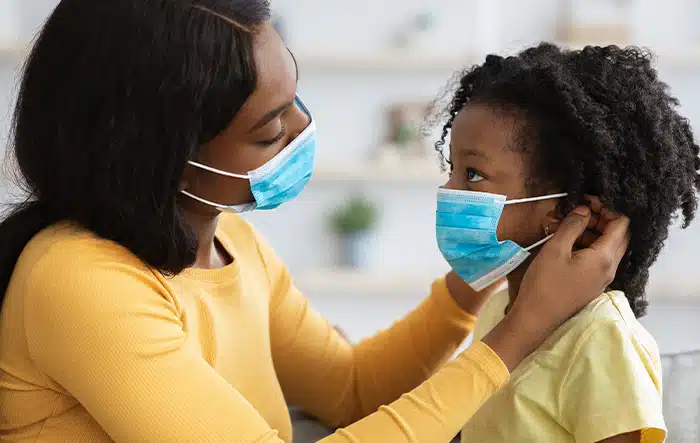
This can be particularly true for children with sensory differences, anxiety, and autism. In some instances, wearing a mask can make kids feel a sense of panic.
They Might Not Be Used to It
If you’ve only recently started having your kids wear masks, it’s possible that they simply haven’t adjusted yet to the new normal for your family.
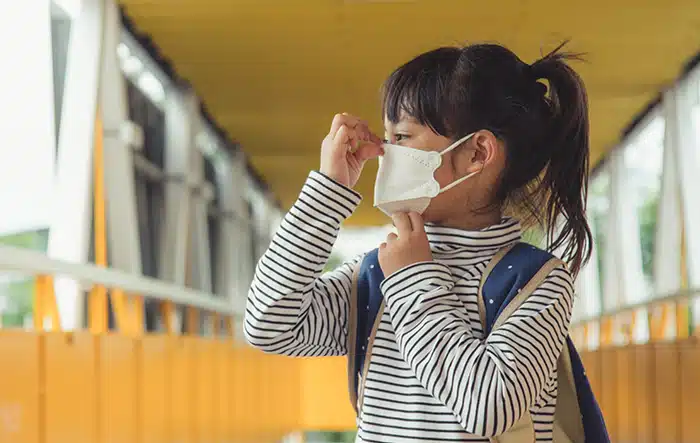
If this is the case, you might find that they are less resistant as time passes and the practice is normalized.
Your Kids Might Not Like the Way Masks Look
Other kids might not be bothered by how a mask feels but don’t like how it makes them look. If this is the case, solving the problem might be as simple as finding a mask that your kids like and find cool.
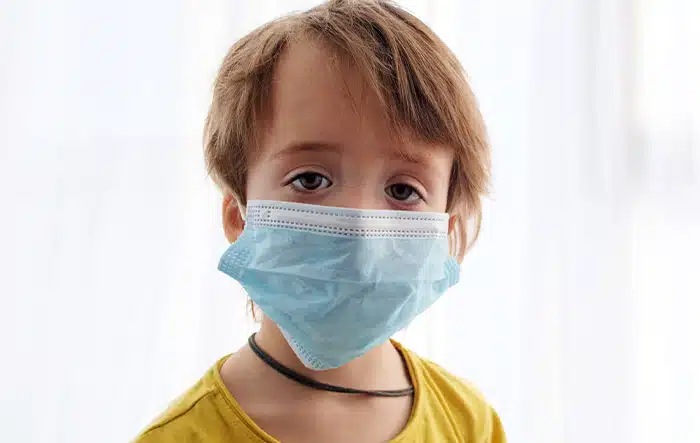
While they might find it embarrassing to wear the standard blue disposable masks that are so common, they could actually get excited about wearing a mask with an interesting pattern or one in their favorite color.
It Might Not Fit Them Right
A mask that doesn’t fit well can be incredibly uncomfortable. It’s possible that an ill-fitting mask is causing your child discomfort or even leading to headaches. When a mask doesn’t fit properly, it can end up sliding down a kid’s face in an annoying and unpleasant way, or it can be too tight and put pressure on their head, face, and ears.
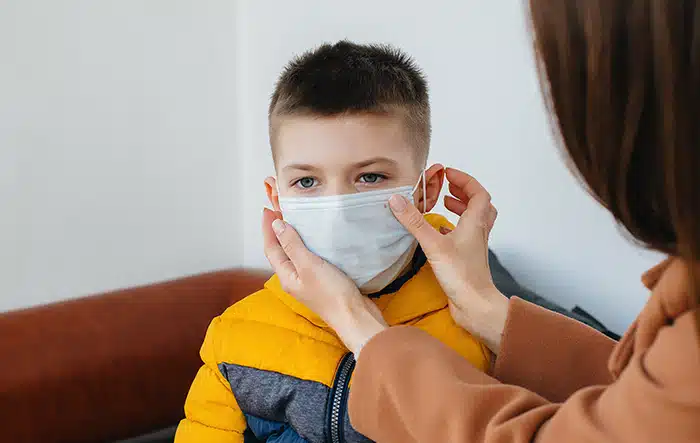
If you haven’t been able to identify what it is they don’t like about wearing masks, consider looking for a more comfortable option. Our MyAir masks offer both superior comfort and protection while also offering tons of different stylish patterns.
They Might Not Like the Change
The truth is that some kids handle change better than others. While doing things differently might be exciting to one of your children, another might feel a great sense of anxiety when it comes to changing their normal routine or way of being.
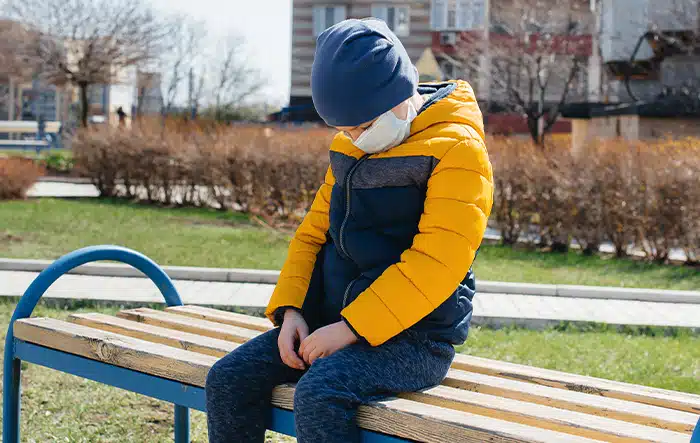
If you’ve recently started trying to get your kids to wear a mask, it’s possible that they are struggling with the adjustment to a new normal.
How to Help Encourage Your Kids to Wear a Mask
When your kids are resistant to masking up, the way you encourage them is very dependent on their age and why they don’t want to wear a mask. For example, you might find that making the act of wearing a mask a game is a great way to help your younger child get accustomed to wearing a mask, while a teenager might respond better to a conversation about why wearing a mask is important.
Lead By Example
If your kids don’t want to wear a mask and you want to encourage them to do so, one of the best things you can do is lead by example. Children are constantly modeling the behavior of adults and peers, and they might feel more comfortable wearing a mask if they see the other people around them doing the same.
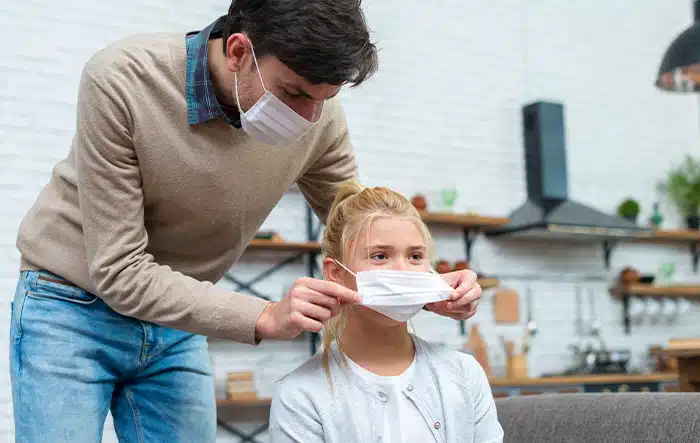
By having the adults in their lives wearing masks, as well as their older siblings, younger kids can start to feel like wearing a mask is normal.
Find a More Comfortable Mask
It’s important for masks to be secure, meaning that the mask comes up to the mid-bridge of their nose and hooks under their chin. Beyond that, though, there are a lot of different styles of masks you can try out.
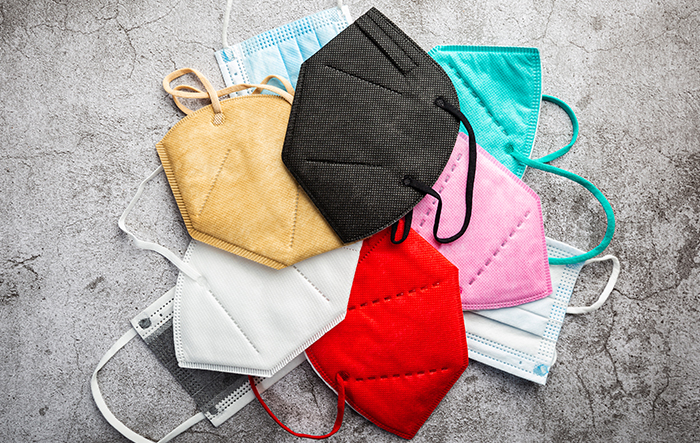
If you aren’t sure why your kid doesn’t want to wear a mask, it’s possible that the one they have now is simply uncomfortable.
Get a Mask With a Fun Pattern
Maybe your kids don’t want to wear masks because they feel like their masks are boring. They might connect more to the idea of wearing their masks when they need to when there is a fun pattern like this zebra-print mask or this cool mask with clouds.
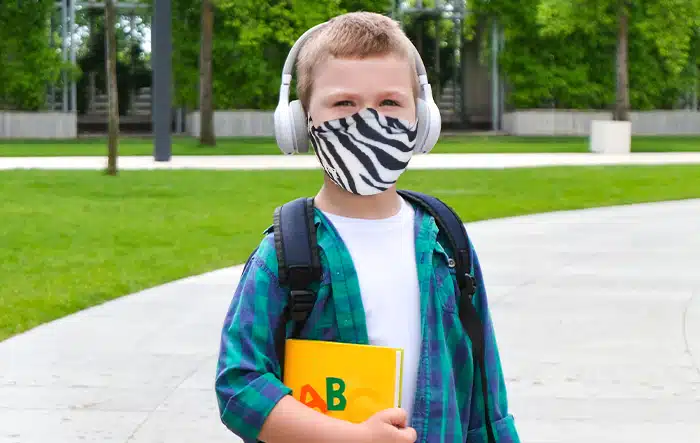
It’s possible that your children will be much more likely to wear a mask if it has their favorite color on it or if it displays their favorite movie character or sports team.
Turn It Into a Game
You can incorporate fun games for younger kids to make the practice more playful. If you know that you’re going out to a place where the whole family will need to mask up, you can plan ahead and play a little game.
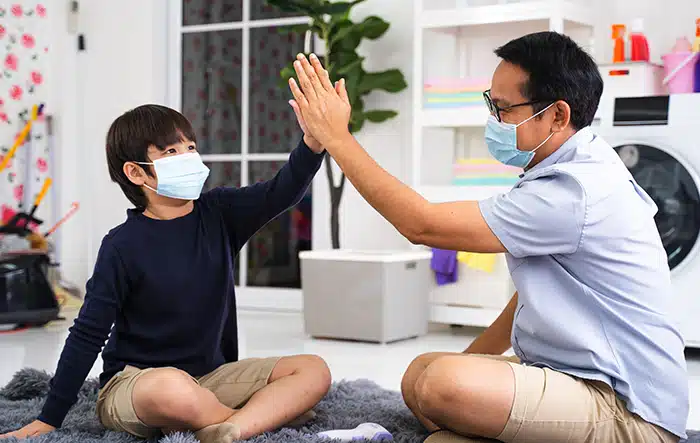
You might come up with a fun poem or song about wearing masks or make-believe that you’re all at the grocery store pushing a cart while wearing masks. It can also be useful to color in pictures of people wearing masks or draw masks on figures in coloring books.
Help Them Understand the Purpose of Masks
For older kids, you might find that it’s useful to help them understand the science behind mask-wearing. You might find that they are more likely to comply when they understand that it is helping protect their own health and other people’s health.
That being said, this doesn’t mean your children need to be teenagers in order to help them understand why it’s important to wear a mask. You’ll just want to adjust the language, so it is appropriate and accessible for their age and simplify the message quite a bit the younger the kids are.

This is a particularly good idea for children that are always curious and asking questions. A lot of kids really don’t like to do things until they understand the reason why.
When you’re talking to your children about why they need to wear a mask, it’s a good idea to keep the language positive, particularly when they’re younger. Rather than trying to scare them about the bad things that could happen if they don’t wear a mask, consider explaining that it helps keep them and everyone else healthy.
Ask For Help
Getting your child to put on a mask in the morning is one thing, but it’s an entirely different story to ensure that they keep it on throughout the day. If you want them to keep their mask on at school, for instance, you can ask a teacher, guidance counselor, or teacher aide if they would be willing to help out.
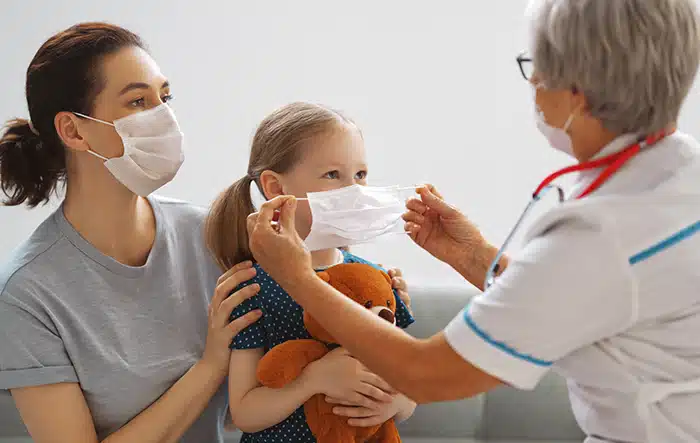
As the day goes on, they can help your child adjust their mask if they need to and ensure that the mask is on the right way.
Empathize With Their Feelings
If your children are really resistant to wearing a mask, it’s important to empathize with how they’re feeling. Tell them that you understand that it can be unpleasant to wear a mask all the time, and let them know that you know it isn’t easy. This can help them feel heard and understood, which is key.
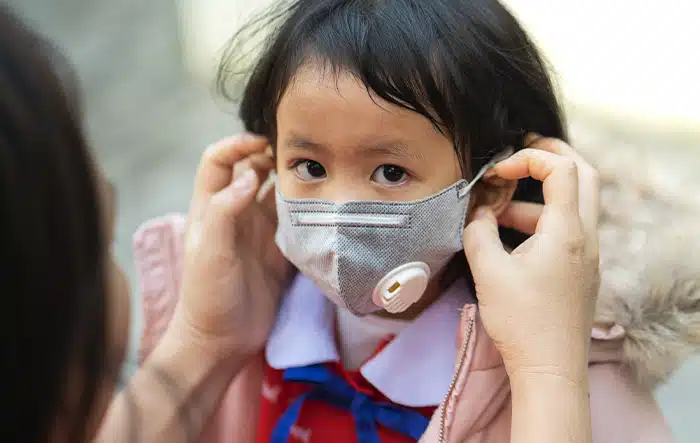
When you’re talking to them, try to help them identify why it is they don’t want to wear it. They might get frustrated by their glasses getting fogged up, because it makes their ears sore, or because they don’t like the way it feels on their face. There are a lot of potential reasons why they’d rather keep the mask off, and finding out where they are coming from can help you reach a solution that works for everyone.
Use Child-Friendly Language
The age of your children should determine how you discuss wearing masks with them. In general, kids respond best to very gentle, simple, positive, and definite explanations. Rather than getting into the details, it can be easiest to explain wearing masks as a rule that everyone has to follow.
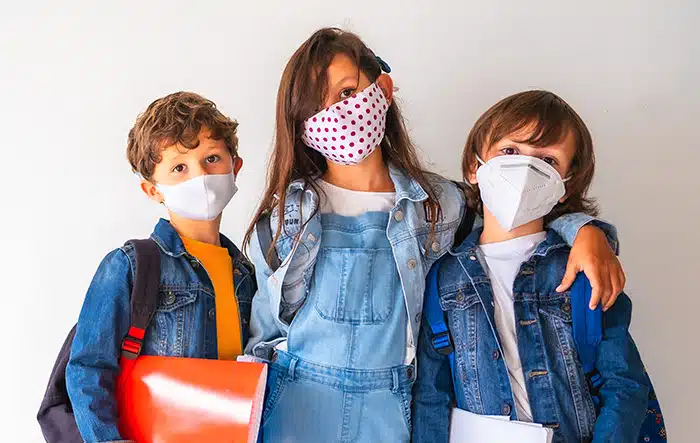
If you have older toddlers, you might find it helpful to explain to them that masks help keep themselves and other people safe and healthy by protecting each other from germs.
Let Them Pick Out Their Own Mask
A great way to make wearing a mask more exciting is to let them participate in choosing one. There are so many different mask patterns and designs out there, and it’s possible that having a mask they feel looks cool would transition their mask resistance to mask excitement.
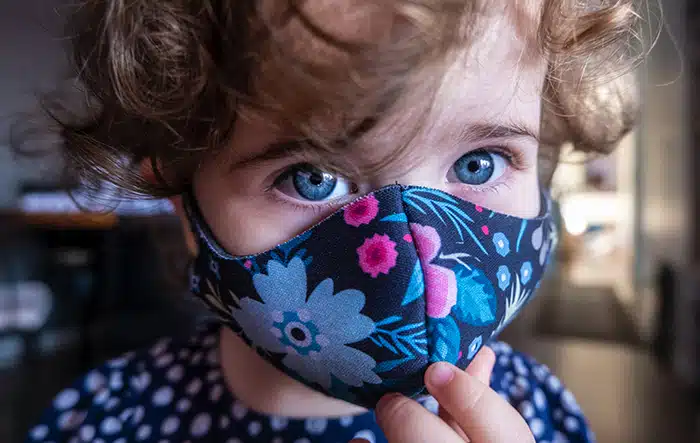
You could even help them to think about their favorite outfits and which masks would coordinate with them. This can help your kids see their masks as a fun fashion accessory that they want to wear to complete their look rather than something they are being made to wear.
Sometimes, kids can push back against things that they feel like they “have to do.” When you introduce an element of choice into the matter, they might be a lot more interested in wearing a mask.
Are You in the Market For a New Mask?
There’s a good chance that your kids don’t want to wear their mask for a reason that could be fixed by buying a better-fitting, more stylish, and more comfortable face mask. While this might not be the solution to all of the reasons your children are resistant to the idea of wearing a mask, you might find that allowing them to pick out a pattern they like in a mask that fits their face well will make a world of difference.

Our MyAir masks use an advanced filtration system that blocks airborne particles and retains moisture to help support health and hydration. On top of that, there aren’t any buckles, straps, elastic, latex, or seams in our masks, and the amount of airflow is as high as possible. This means that our masks aren’t just effective; they are also exceptionally comfortable.
If your kids aren’t excited about the idea of wearing a mask, consider sitting with them and looking through our online store to see if there is a pattern they like. We have so many fun and unique designs that there is a good chance there is a color or style they can get excited about. For more good news, once they find a few masks they like, they can keep reusing the same ones. All you have to do is replace the filters when it’s time to wear the mask again.
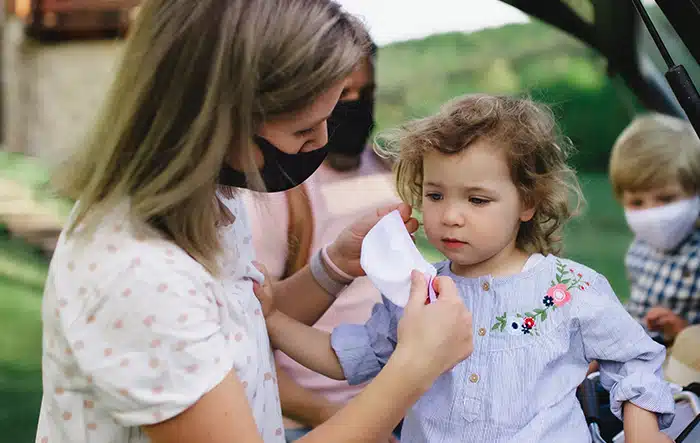
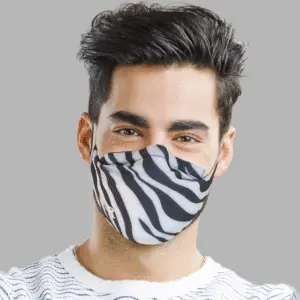

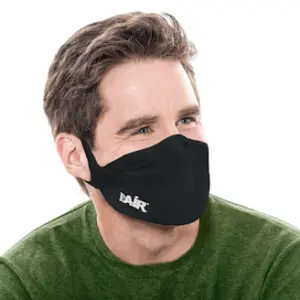
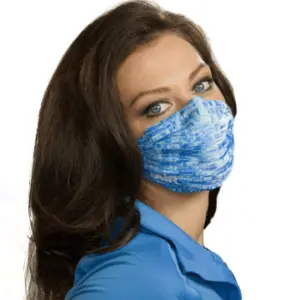
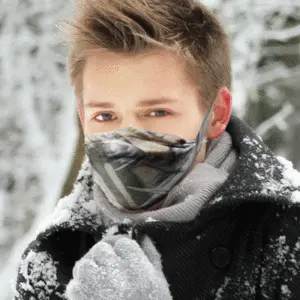
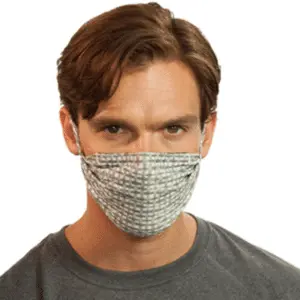
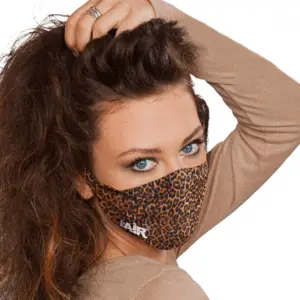
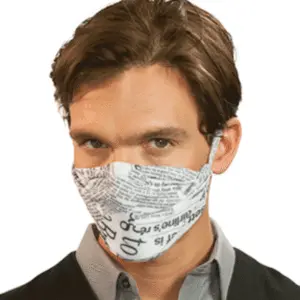

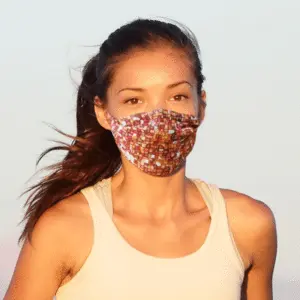

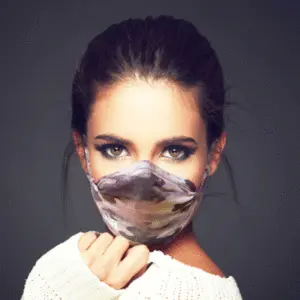
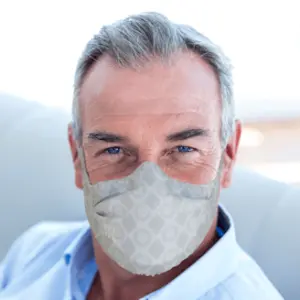



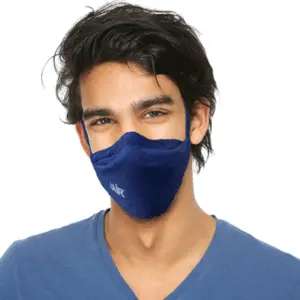

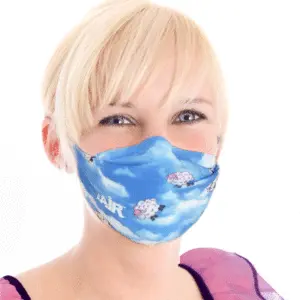

0 Comments